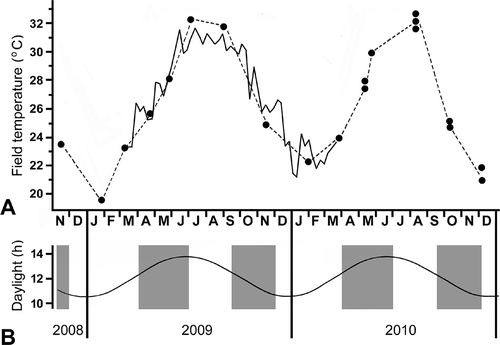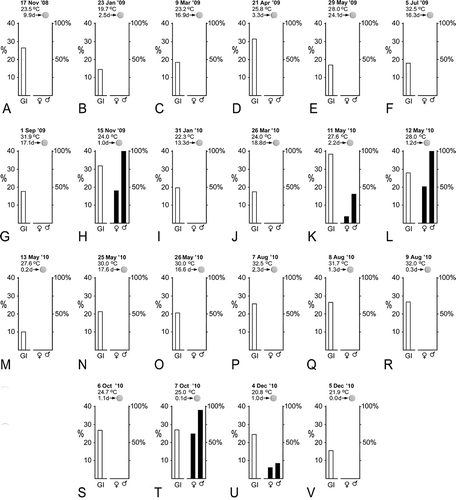Figures & data
Figure 1. Living adult male of A. lucayanum. A, ventral view showing testes running along right side of body; B, right side view with gonad height (GH) and body height (BH) indicated; the percentage of the former divided by the latter is the gonad index. Scale bar: 2 mm.
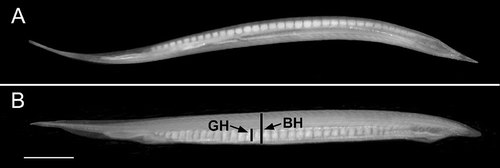
Figure 2. A, map of Bimini, Bahamas; B, enlargement of rectangle in A, with collection site for A. lucayanum indicated by triangle.

Figure 3. Minimum size at sexual maturity of A. lucayanum shown by plotting percentage of animals with visible gonads in each 1 mm length class. The total number of specimens in each length class is indicated.
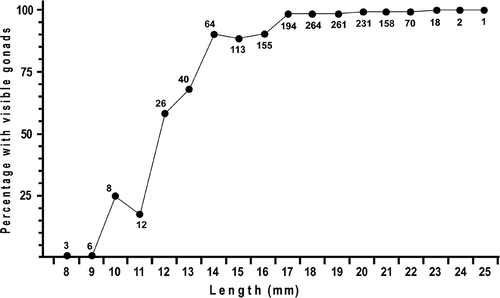
Figure 4. Summary of gonad indices for collections of A. lucayanum from 17 November 2008 to 26 March 2010. Filled and empty circles are gonad indices, respectively, for females and males; triangles indicate no gonads visible. For each collection, numbers above the gonad index data show how many females and males spawned when placed in the dark the evening of collection (on 15 November 2010, only specimens represented by underlined circles were placed in the dark).

Figure 5. Summary of gonad indices for collections of A. lucayanum from 11 May 2010 to 5 December 2010; symbols are as in . For each collection, numbers above the gonad index data show how many females and males spawned when placed in the dark the evening of collection (on some dates only specimens represented by circles in boxed regions were placed in the dark).
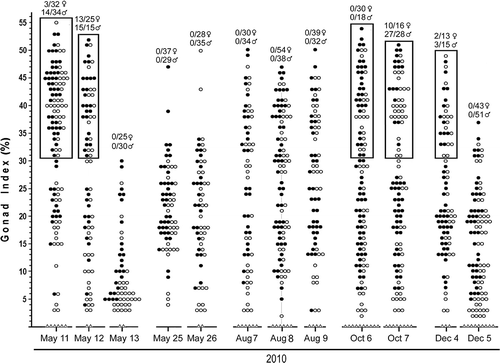
Figure 6. Environmental conditions at collection site. A, seawater temperature measured individually on days of collection (filled circles connected by dashed line) or measured every 2 h for a year by a HOBO pendant logger (solid line, presented as moving averages over 15-day intervals); B, annual fluctuation in day length; shaded areas indicate times of year when spawnings of A. lucayanum take place near new moon dates.
